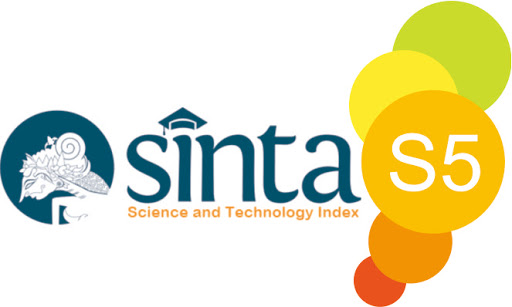Briquettes manufacturing: mechanisation of briquette productions at SME santan coco
DOI:
https://doi.org/10.32734/abdimastalenta.v4i2.3547Keywords:
charcoal crusher, adhesive mixture, briquette moulder, charcoal briquettesAbstract
The fabrication of briquettes is required to be introduced extensively to society in order to provide additional economic value for charcoal crafters to increase their income. The SME Santan Coco as partnership enterprise of community service under supervising of Universitas Sumatera Utara has been producing briquettes since 2018 resulted from waste of coconut milk production. However, the methodology of producing briquettes can be considered to be insufficient. The production is started by the addition of charcoal powder with adhesives compounds which is followed manual stirring. The moulding process involves by using a lever utilizing body-weight, which produces two briquettes. The charcoal powder is obtained by manually crushing the charcoal, so that its granular size is not uniform. The briquette production is very slow due to the equipment used produces two briquettes. On the other hand, the preparation of raw materials into the moulding equipment requires longer time, as well as removing the ready-to-use briquette from the mould. The prepared mixture must be printed immediately, so that the adhesive is not dried. The final product fabricated by the partner shows that the granular sizes are different which affects the density parameters, productions volume accounted for 50 kg per day. Therefore, a mechanism of briquette production is proposed and introduced to the partner, which involves from charcoal breaking, mixing and molding briquettes. A charcoal crusher uses a hammer mill system with 12 eyes, equipped with a filter. The mixing of adhesive substances utilizes a ribbon blade mixing system, while the briquette printing is designed with a screw system. After being implemented, a very significant increase in production up to 500 kg of wet briquettes per day with higher density and more uniform as well as neater granular size has been obtained.
Downloads
Downloads
Published
Issue
Section
License
The Authors submitting a manuscript do so on the understanding that if accepted for publication, copyright of the article shall be assigned to Jurnal Abdimas TALENTA as well as TALENTA Publisher Universitas Sumatera Utara as the publisher of the journal.
Copyright encompasses exclusive rights to reproduce and deliver the article in all forms and media. The reproduction of any part of this journal, its storage in databases and its transmission by any form or media, will be allowed only with written permission from Jurnal Abdimas TALENTA.
The Copyright Transfer Form can be downloaded here.
The copyright form should be signed originally and sent to the Editorial Office in the form of original mail or scanned document.












